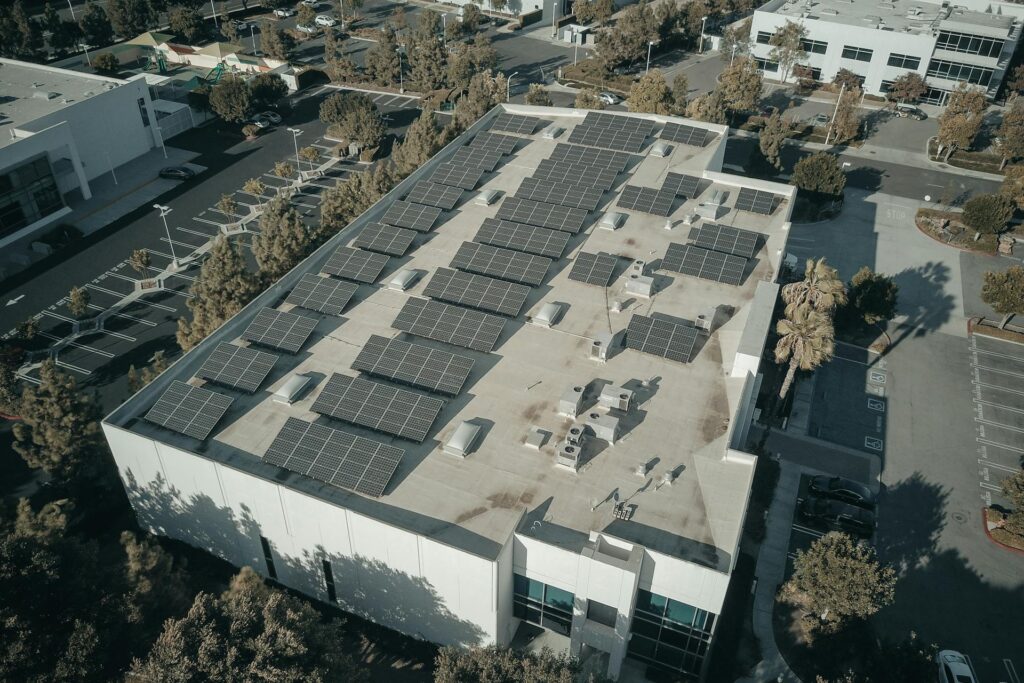Traditional solar panels, while functional, can sometimes be perceived as aesthetically unappealing, potentially hindering their widespread adoption in residential and commercial settings. However, a new trend is emerging that seeks to seamlessly integrate solar technology into the built environment: solar skins. These innovative solutions aim to blend the functionality of solar power generation with architectural aesthetics.
Solar skins involve applying a custom graphic or pattern onto the surface of a solar panel. This allows the panels to mimic the appearance of traditional roofing materials, blend in with the building’s design, or even display artistic designs. The underlying solar cells continue to function, albeit with a slight reduction in efficiency depending on the opacity of the skin.
The technology behind solar skins typically involves specialized printing techniques and durable materials that can withstand the outdoor environment and the heat generated by the solar panels. The skins are designed to allow a significant portion of sunlight to pass through to the underlying photovoltaic cells while providing the desired visual effect.
The benefits of solar skins are multifaceted. For homeowners and building owners, they offer a way to adopt solar energy without compromising the visual appeal of their property. This can be particularly important in historic districts or areas with strict architectural guidelines. By making solar panels more visually discreet, solar skins can overcome a key aesthetic barrier to adoption.
Furthermore, solar skins can open up new possibilities for integrating solar technology into unexpected places. Imagine building facades that generate electricity while maintaining an attractive appearance, or even solar-powered billboards that seamlessly blend into their surroundings.
While the technology is still relatively new, the potential market for solar skins is significant. As awareness grows and the technology matures, we can expect to see more widespread adoption of these aesthetically integrated solar solutions. This convergence of form and function can play a crucial role in accelerating the transition to a cleaner energy future by making solar power more appealing and accessible to a wider range of consumers.
The development of solar skins represents an exciting intersection of design and technology. By addressing the aesthetic concerns associated with traditional solar panels, they pave the way for a future where renewable energy generation is seamlessly integrated into our built environment, enhancing both the beauty and sustainability of our surroundings.
